
Which site would you like to visit?
By clicking the retail or wholesale site button and/or using rarewineco.com you are choosing to accept our use of cookies to provide you the best possible web experience.
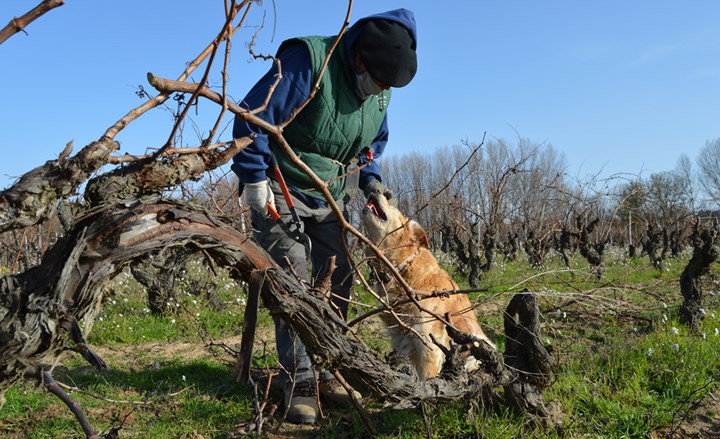
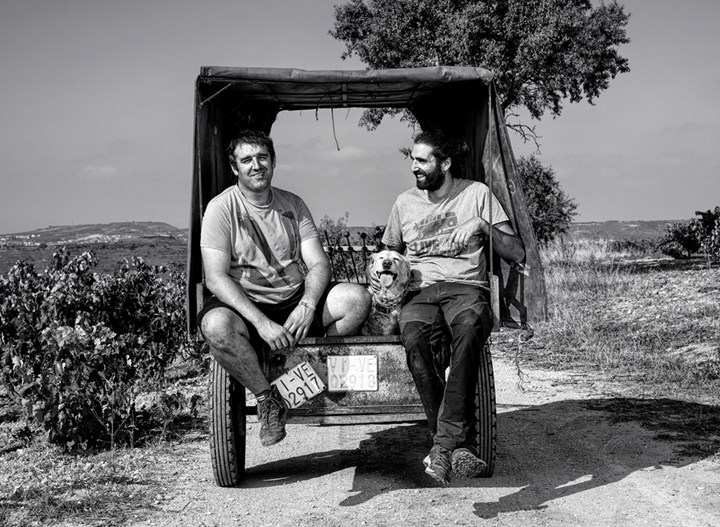
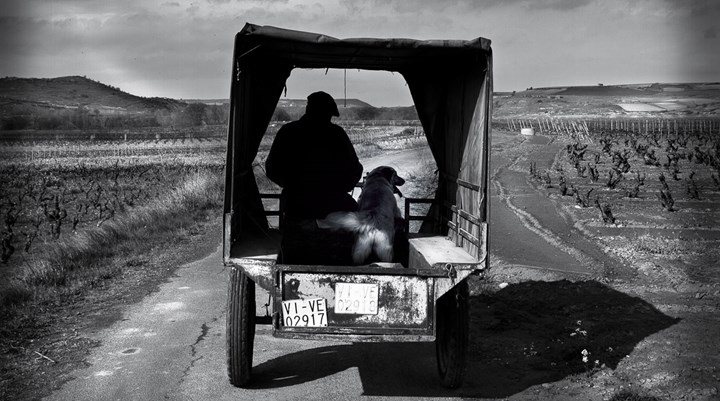
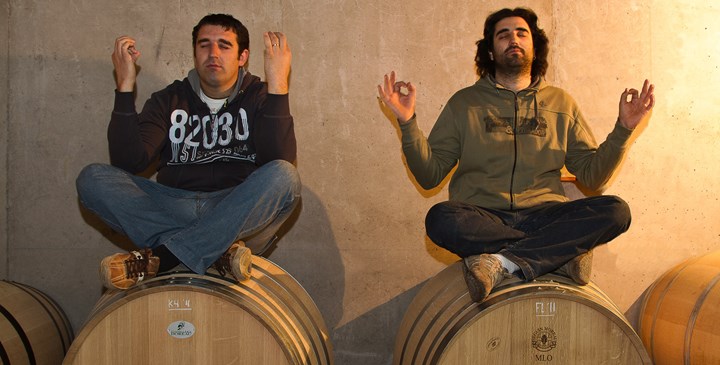
“One of the most exciting vignerons of the region … the wines show the character of the place where they are born: true terroir wines.” Luis Gutiérrez on Bodegas y Viñedos Artuke
The Gran Reservas of Rioja’s historic bodegas are models of harmony and complexity. Sourced from a multitude of vineyards, expertly blended and defined by long aging before release, they are among the world’s greatest wine treasures.
Recently, however, some of Rioja’s most gifted small growers have been producing equally compelling wines. And they are doing so using a very different approach—letting Rioja's individual terroirs speak for themselves, in small cuvées aged for a shorter time in neutral barrels.
In some cases these are ancient-vine sites, made possible by the region’s wealth of old vineyards, many of them long abandoned. Their discovery and restoration has been a key element of this new grower terroir movement. In others, new ground is broken, as the potential of a site not planted before is recognized.
They are tended by a small group of intrepid viñadores intent on giving voice to the lands they work with as much clarity as possible. And some of the very best of these terroir-driven Riojas are being made by one of the movement’s pioneers, Bodegas y Viñedos Artuke.
Going it Alone
Thirty years ago, fourth-generation grower Roberto de Miguel stopped selling the wine he made from his Rioja Alavesa vineyards to Haro’s big bodegas and began bottling it himself. He hand-sold his wine door-to-door out of his van in the Basque Country as far as Bilbao.
That independent spirit is alive and well in the next generation now in charge of the domaine, Roberto’s sons Arturo and Kike (the name Artuke is a combination of their names).
The de Miguel brothers reject the confines of Rioja’s classification system based on time and type of aging. Their focus is to capture the purest, most vivid expressions possible of the extraordinary terroirs they work, clustered around the towns of Baños de Ebro, Ábalos, San Vicente de Sonsierra and Samaniego, all north of the Ebro River.
(continued, below image)
Return to Roots
The individuality with which Arturo and Kike work is a long running thread through the de Miguel family’s history as winegrowers. In 1950, their grandfather planted Tempranillo and Graciano on a 550-meter-high terrace of very poor sand, gravel and chalk soils, overlooking the Ebro River in Baños de Ebro. His fellow local winemakers thought him insane to plant such an unproductive plot. Yet, today the site Arturo and Kike call Finca de los Locos (The Crazy People’s Plot) is one of their most prized vineyards.
And when their father Roberto started bottling his own wine in 1991, he went back to the local small-scale traditions, with fruit from hand-tended, head-pruned vines, gently fermented and aged a short time in barrel, to favor primary fruit and development in bottle.
Yet, when Arturo joined his father in 2003, armed with a degree in Agricultural Engineering and a Masters in Enology, he was eager to apply his new knowledge. As he told Spanish wine journalist Yolanda Ortiz di Arri, “I used to fight a lot with my dad. He macerated for six days, as it was traditional here. I had learned that long macerations, 200% new oak and one bunch per vine were desirable things; you eventually realize that the wines are hyper-concentrated and that it makes no sense at all. The key word is balance.”
After Kike joined in 2010, the brothers undertook soil studies of the estate’s 32 different plots. That convinced them that, for best site expression, they should focus on farming and on an Old School approach in the cellar. As Arturo has said, “if you work well in the vineyard and have moderate yields, there’s no need to force things at the winery.”
Today, the de Miguel brothers are fierce defenders of the Rioja Alavesa traditions that easily date back 200 years. They are also true artisans, tending their head-pruned vines organically, macerating for a short time in vat, and aging in large, neutral barrels. They even continue to sell much of their modestly priced production locally.
Above all, the wines are great. In vintage after vintage, the two most prominent critics of Spanish wine—Luis Gutiérrez and Tim Atkin—place them among the Rioja elite. Atkin not only classifies Artuke as a First Growth, he consistently ranks both of its top two wines—La Condenada and Escolladero—among his top dozen red Riojas. Gutiérrez is no less lavish in his praise.

A Fascinating Array
The Artuke range begins with two village wines, blended from multiple plots: the very traditional whole-cluster, carbonic maceration Artuke and the exclusively Abalos-sourced, foot-tread Pies Negros, 90% Tempranillo with the balance Graciano.
Next up is Finca de los Locos, the terraced site overlooking the Ebro River, which Arturo and Kike’s grandfather bought in 1950, and Paso Las Mañas. The latter is not Artuke’s oldest vineyard, but it could be its most extraordinary site. At more than 700 meters elevation, its wind swept, pebble-covered clay slope is the highest in Samaniego. This promises to take its place among the great wines of Rioja as the vines age.
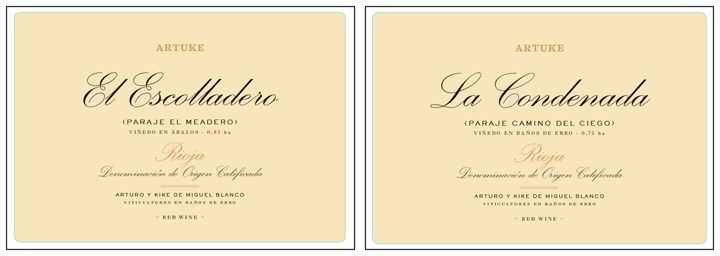
Finally, there are Artuke’s two crown jewels. El Escolladero was planted in 1950 to three-quarters Tempranillo and the balance Graciano, at 600 meters in the village of Ábalos. La Condenada is a once-abandoned plot of sandy soil at 530 meters in Baños de Ebro, planted in 1920 with Tempranillo, Garnacha, Graciano and the indigenous local white grape Calagraño. There are few greater wines made in Rioja today.
With their goal of pure expressions of terroir and vintage, and their desire to work flexibly to achieve it, Arturo and Kike have rejected the traditional aging classifications of Rioja’s Consejo Regulador. They’ve also rejected Rioja’s new single-vineyard and village designations. As a result, all of their wines wear the generic green Consejo back label—simply Rioja, without age or geographic designation.
As Arturo states, when “clients taste our wine, they ought to taste our history and traditions, not a technological wine … it’s not about making the best wine in the world; we’d rather make original, unique wines.”
And, we would add, with truly extraordinary results.
New discoveries, rare bottles of extraordinary provenance, limited time offers delivered to your inbox weekly. Be the first to know.
Please Wait
Adding to Cart.
...Loading...


By clicking the retail or wholesale site button and/or using rarewineco.com you are choosing to accept our use of cookies to provide you the best possible web experience.

